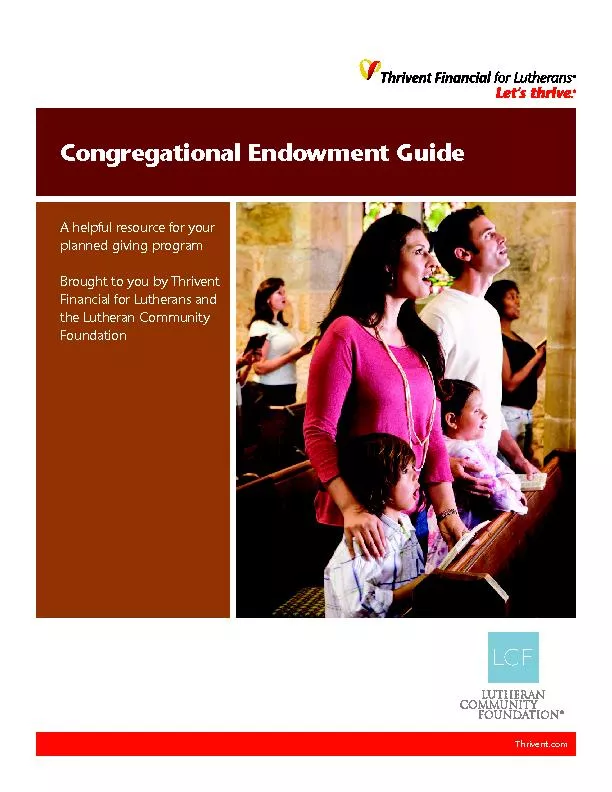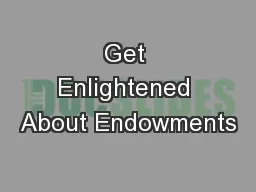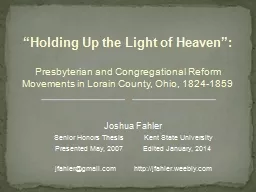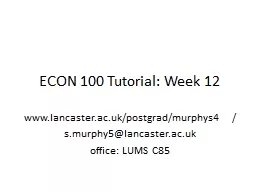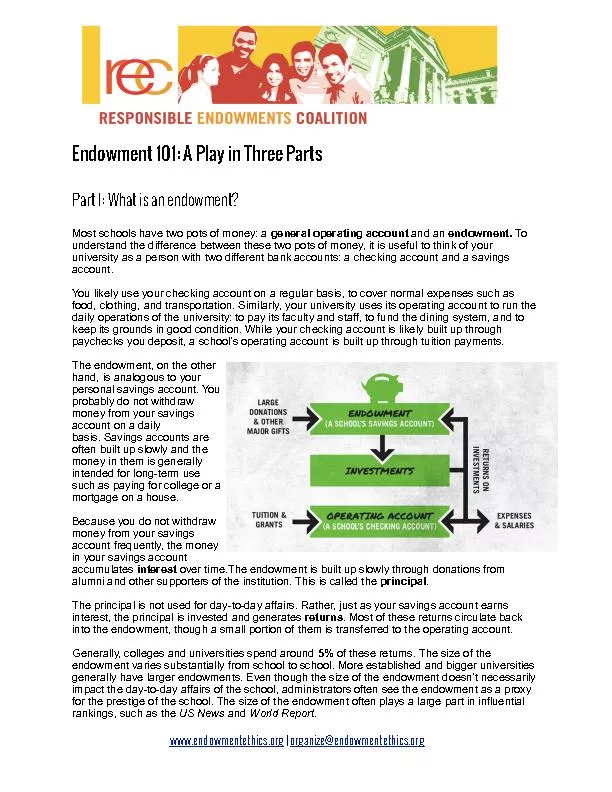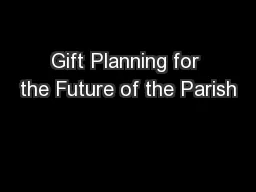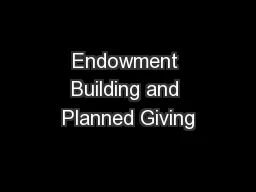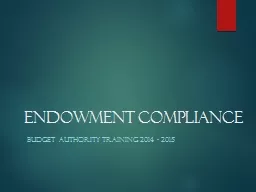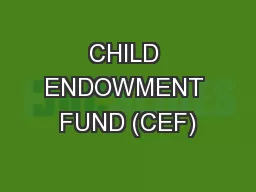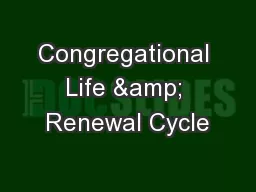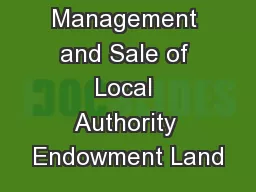PDF-Congregational Endowment Guide
Author : luanne-stotts | Published Date : 2016-03-08
A helpful resource for your planned giving program Brought to you by Thrivent Financial for Lutherans and the Lutheran Community Foundation Thriventcom Contents Committing
Presentation Embed Code
Download Presentation
Download Presentation The PPT/PDF document "Congregational Endowment Guide" is the property of its rightful owner. Permission is granted to download and print the materials on this website for personal, non-commercial use only, and to display it on your personal computer provided you do not modify the materials and that you retain all copyright notices contained in the materials. By downloading content from our website, you accept the terms of this agreement.
Congregational Endowment Guide: Transcript
Download Rules Of Document
"Congregational Endowment Guide"The content belongs to its owner. You may download and print it for personal use, without modification, and keep all copyright notices. By downloading, you agree to these terms.
Related Documents

